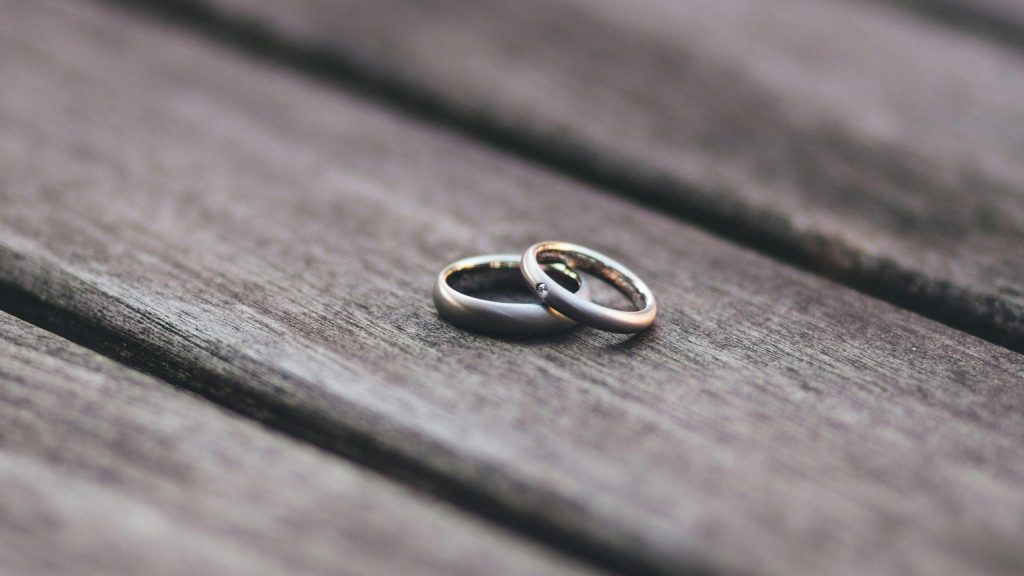 May 23, 2025
Wearables
0 Comment
May 23, 2025
Wearables
0 Comment
In a world where smartwatches and fitness bands have dominated the wearable space for years, a quieter contender is now rising fast — the smart ring. Small, discreet, and surprisingly powerful, these tiny bands are reshaping the future of personal tech in 2025.
A New Era of Wearables
Smart rings are no longer a fringe concept. With major players like Oura, Samsung, and Ultrahuman racing to innovate, the market has quickly evolved from niche novelty to serious competition. Their appeal lies not just in size, but in subtlety — offering biometric tracking, sleep analytics, and even payment functionality without the wrist-hugging bulk.
Oura’s latest model, for instance, tracks sleep, temperature, and heart rate with near-medical accuracy, all while looking like a minimalist fashion accessory. Meanwhile, Samsung’s upcoming Galaxy Ring hints at even deeper integration with Android ecosystems, promising seamless user experience across devices.
What Makes Smart Rings So Popular?
Unlike traditional wearables, smart rings offer a unique combination of form and function:
- Discretion: They don’t scream “tech gadget.” Great for professionals or minimalists.
- Battery life: Many models offer 4–7 days of battery on a single charge.
- Comfort: Lightweight and unobtrusive — they’re designed to be forgotten on your finger.
- Advanced health tracking: Beyond steps and calories, smart rings now monitor sleep cycles, readiness scores, temperature variation, and stress levels.
These features are fueling a shift from fitness-focused wearables to broader wellness ecosystems.
The Race for Innovation
At CES 2025, smart rings stole the spotlight. Ultrahuman launched a sleek 18K gold ring aimed at luxury buyers, while RingConn and Circular showcased biometric advancements pushing the envelope on health data precision.
The competition is about more than features. It’s about data accuracy, privacy, and design. Consumers increasingly want devices that deliver actionable insights, not just dashboards. The smartest brands know this — and are building rings that do more than just track, but coach.

Smart Rings vs. Smartwatches
While smartwatches remain more powerful in terms of display and app interaction, rings are carving out their own territory:
| Feature | Smartwatches | Smart Rings |
|---|---|---|
| Screen interaction | ✅ Yes | ❌ No |
| Battery life | 1–2 days | 4–7 days |
| Sleep tracking comfort | 😐 Medium | 😀 Excellent |
| Discreet wearability | ❌ Noticeable | ✅ Very discreet |
| Stress & recovery | ✅ Supported | ✅ Increasingly robust |
The comparison isn’t about replacement — it’s about complementing use. Many users are now wearing both.
What to Expect in the Coming Months
With Samsung entering the scene, expect a massive wave of awareness and adoption. There are rumors of deep integration with Galaxy phones and the Samsung Health app — potentially disrupting the current dominance of Oura.
Simultaneously, startups are racing to outdo one another with innovations in form factor, material science, and AI-driven health coaching. Even privacy and data control are becoming selling points.
Should You Get One?
If you’re health-conscious, tech-curious, or just tired of clunky wearables, the answer might be yes. While pricing still varies widely — from under $150 to well over $400 — the value proposition is growing clearer: smarter tracking, cleaner design, and a glimpse into the future of invisible tech.
Whether you’re in for better sleep, optimized workouts, or simply a cooler way to stay connected to your body, smart rings may be your next essential gadget.
